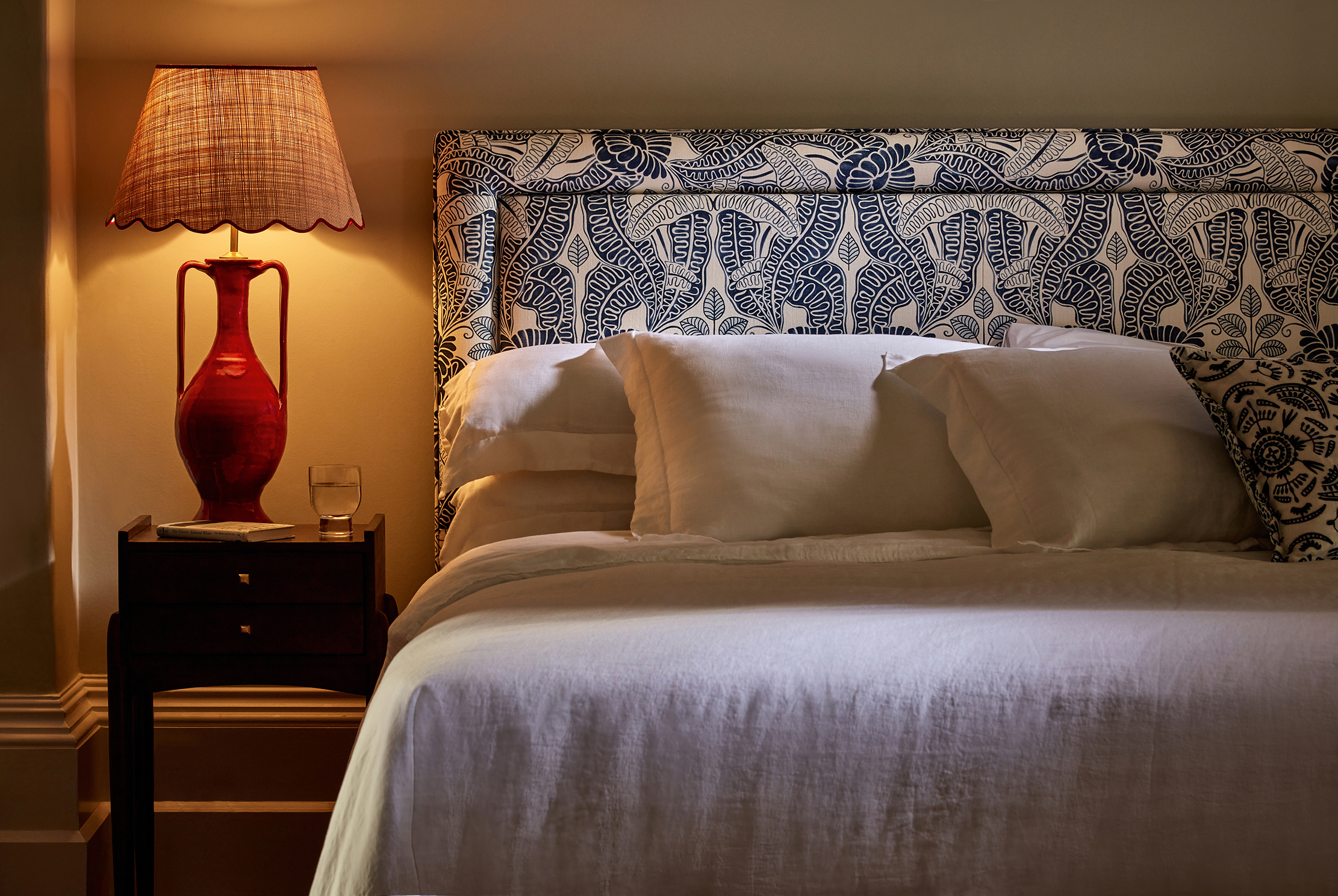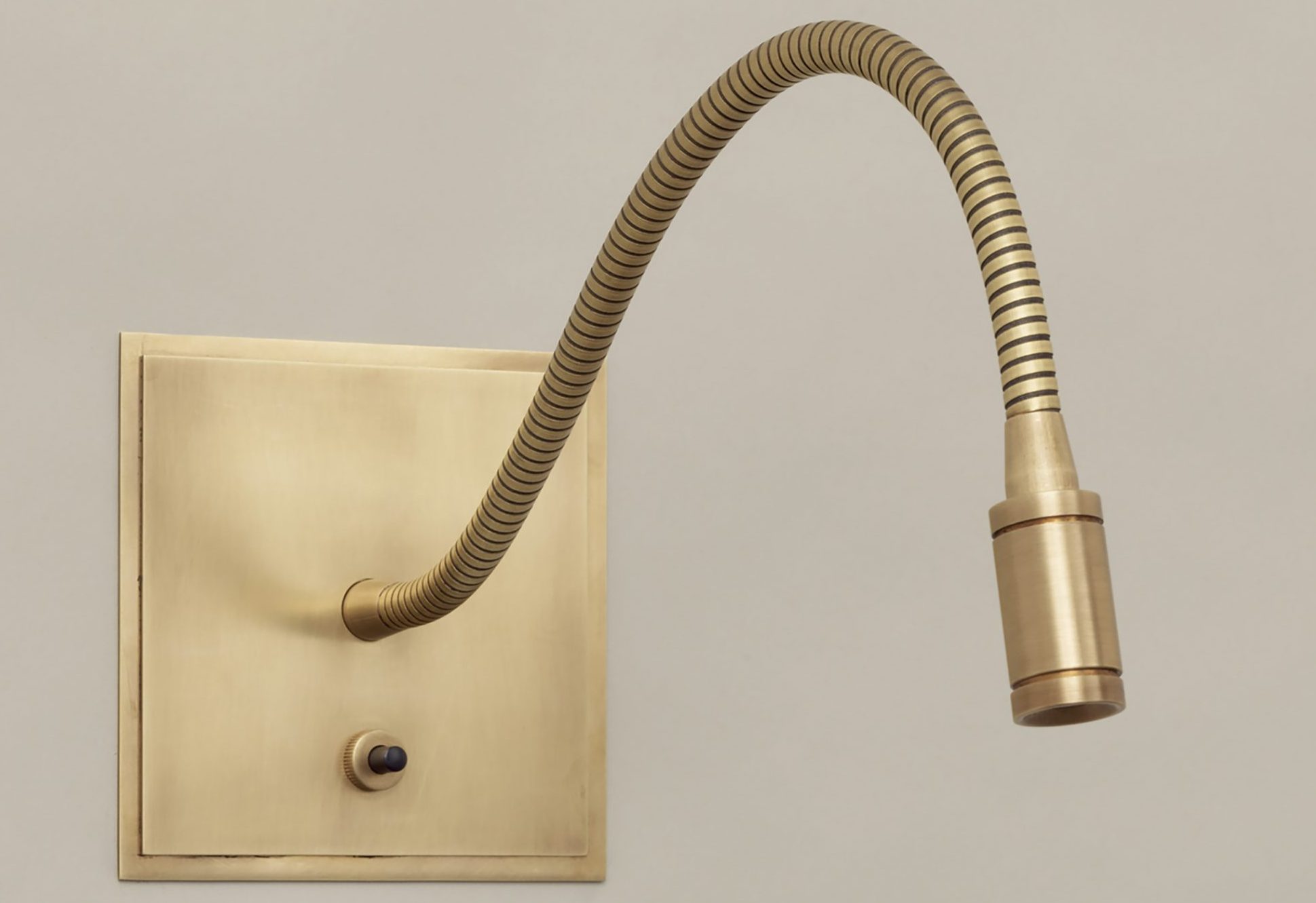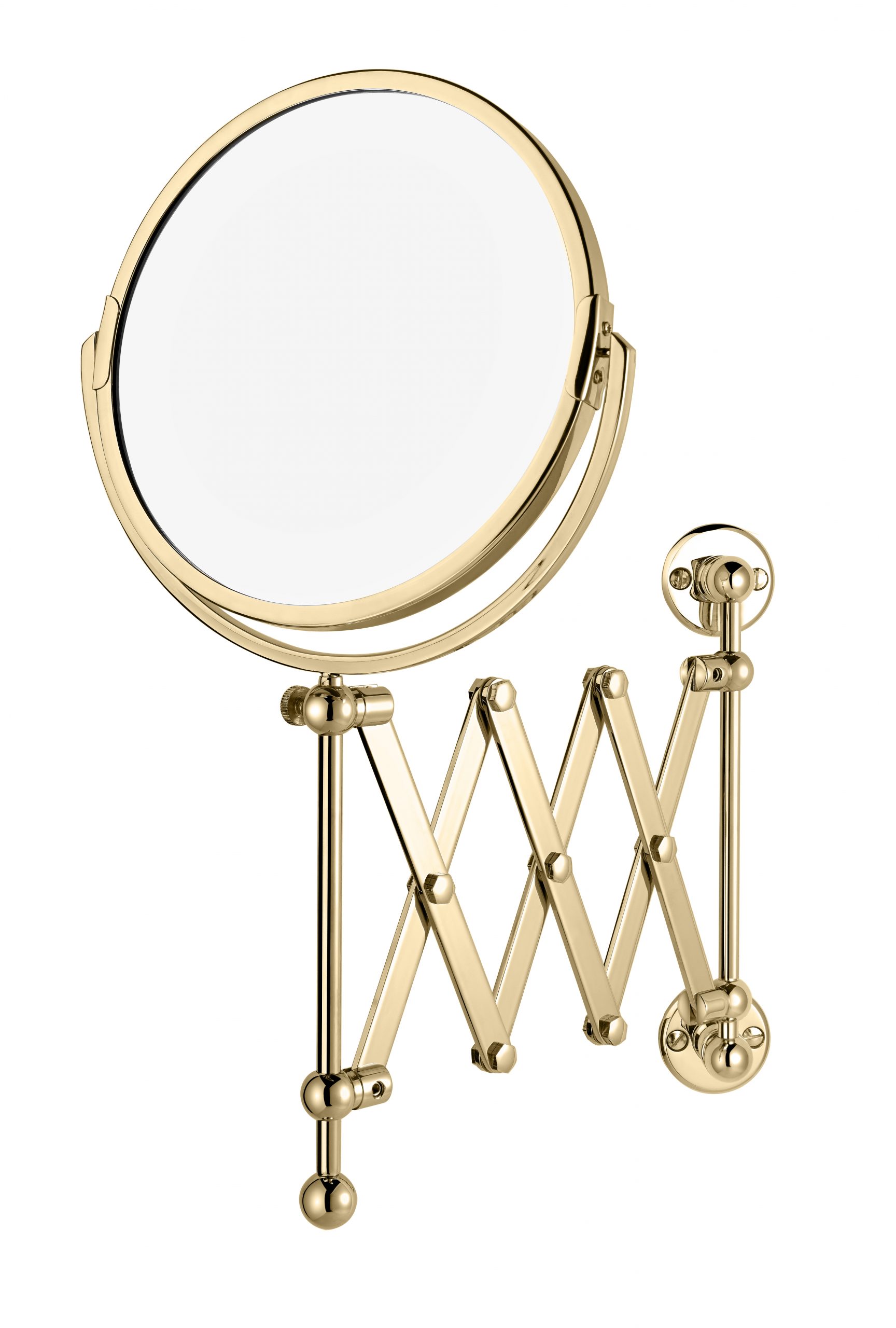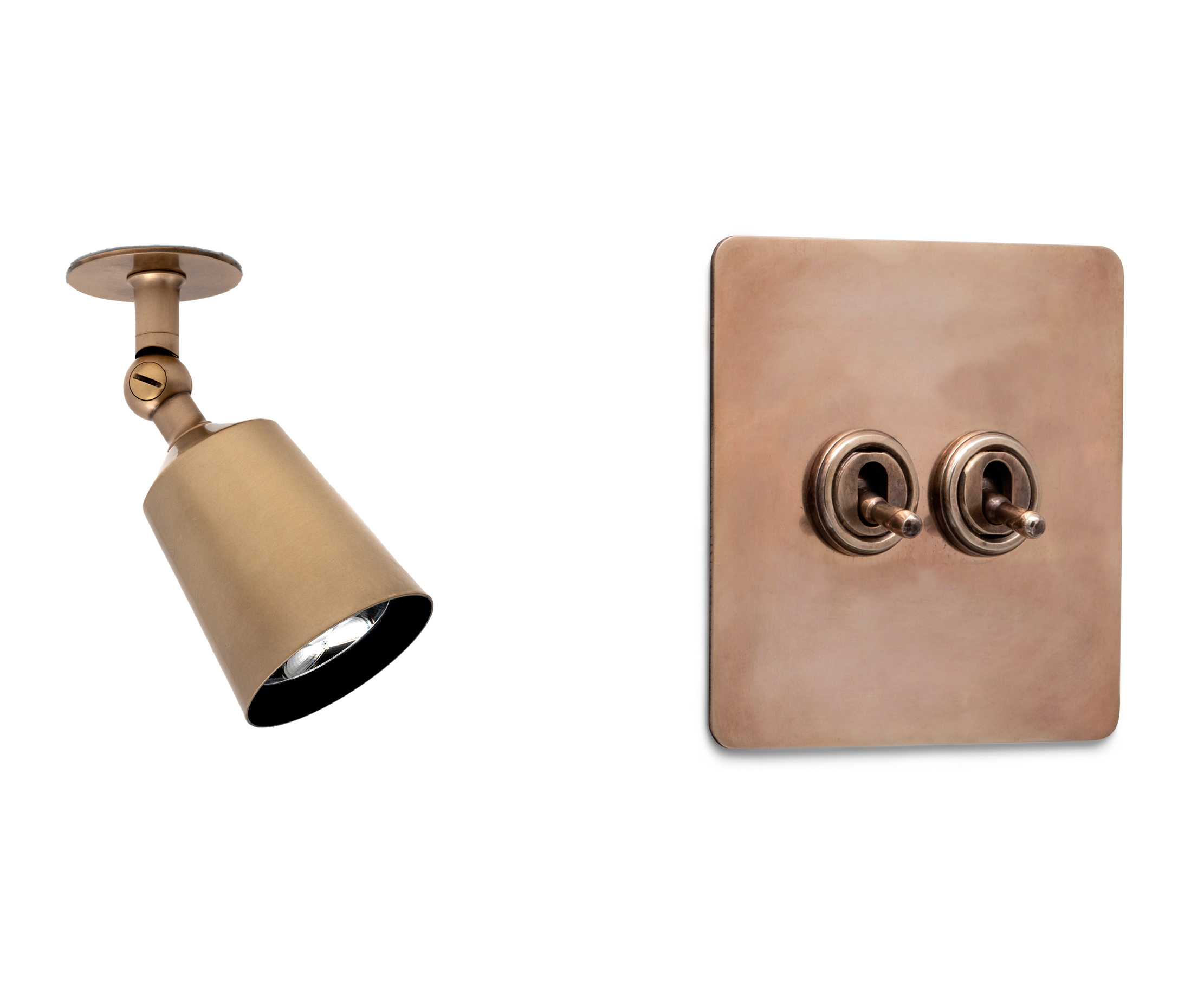Four ways to give your bedroom the luxury hotel treatment
Giles Kime explains how hotels can teach us to be ahead of inspirational design trends and how we can make our bedrooms design masterpieces.


The great advantage of a hotel is that it’s a refuge from home life,’ wrote George Bernard Shaw. There’s no doubt that there should be a clear distinction between the two; hotels shouldn’t be too homely (otherwise why bother forking out?) and homes shouldn’t evoke hotels because therein madness lies - mini fridges, trouser presses, ‘statement wallpaper’ and the mysterious practice of piling industrial quantities of cushions on a bed.
There are, however, lessons to be learnt about why we love hotel bedrooms. One is a sense of order and tranquillity that is perhaps the lowest-hanging piece of fruit. The enemy of tranquillity is too much stuff; clothes, books (except the ones you are reading), dust-gathering clutter you bought on holiday because you thought it would add character.
Four luxury hotel bedroom touches to add to your bedroom at home
Reading lights
They allow you to read as your bedfellow snoozes (or vice versa)

End-of-bed benches
Vital when packing/unpacking/putting on shoes

Towering headboards
The perfect way to create drama (and inject pattern and/or glamour)
Shaving mirror
Why, oh why, don’t more people have these at home?

However, devoted you might be to the cause of unhinged eclecticism in the rest of the house, it makes sense to channel your inner minimalist in the bedroom. As well as self-discipline, there’s no doubt that a dressing room will help, ideally en suite to the bedroom or bathroom — or, at the very least, within easy-hitting distance.
Exquisite houses, the beauty of Nature, and how to get the most from your life, straight to your inbox.
The other great joy of hotel rooms is that they are a world in miniature, not least because you’re far less of a bother to the staff if you rarely set foot out of the door. As exercises in multi-function, they can be exemplary, often serving as bedroom, bathroom, sitting room, dining room, home office and cocktail bar, where you can exist in a parallel universe. Again, don’t try any of this at home; too much fiddliness can be too high maintenance in a domestic context. Moreover, the rise and rapid fall of the Teas-made demonstrated that Heath Robinsonism doesn’t work in a bedroom (an early incarnation, the early morning waiter, designed by Ron Grumble in 1930, featured a naked flame).

The really important lesson to be learnt from good hotels is less to do with multifunction and more about how forensic attention has been lavished on every last detail; the extra reading lights, the end-of-bed stools for luggage or for putting on shoes, the small, but perfectly formed pieces of furniture, such as console tables that serve adequately as desks, the scaled-down upholstery that creates a feeling of comfort and which, together with heavy curtains and blinds, serves to magically absorb sound.
The other thing that luxury hotels understand better than anyone is comfort. Founded in 1904 (and a Royal Warrant holder since 1929), Hypnos is run by the fifth generation of the Keen family, who have built a client list that ranges from snazzy names such as The Goring, Browns and The Lanesborough in London to more modish newcomers, including Soho Farmhouse, Oxfordshire, as well as established country retreats, such as Calcot Manor near Tetbury, Gloucestershire.

Carolyn Mitchell, director of interior design at Hypnos, says that there has been a growing desire among its residential clients to take inspiration from hotel design. Popular features include large, shaped headboards, a look pioneered by Firmdale’s Kit Kemp, as well as high-quality, handmade mattresses, deep divan bases and features, such as wool or Alpaca mattress toppers.
As well as wool, the company also puts a strong emphasis on natural materials, including cotton and hemp. ‘With almost 120 years’ experience in making beds using traditional craftsmanship and natural materials, we’ve realised that they are the key to comfort on so many levels,’ she says.
Yet, however influential interior hotel design might have been over the past decade, the wilder extremes should probably stay there. Rooms that look arresting in an Instagram post tend to be an aesthetic construct that has no real place in everyday life, like a tasting menu at a Michelin-starred restaurant. Luxury hotels are a fantasy created to spirit us away to a world of power showers, aromatic unguents and miniatures of craft gin, with unseen beings who turn back covers, replenish water bottles, dim lights and pick up discarded clothes when you aren’t looking. If that was ever reality, fantasy would never be quite the same.

Credit: www.100handpicked.co.uk
Beyond Pinterest: The best ways to ensure your lovely objects aren't exactly the same as everyone else's
Giles Kime asks whether the the ‘digital pop up’ the answer to the homogeneous home.

The artisans helping the British ceramics industry thrive into the 21st century
Reports of the death of the British ceramics industry are premature, says Giles Kime.

The special magic of rattan, the furniture which almost forces you to recline languorously and have fun
A new book extols the virtues of rattan — and Giles Kime is absolutely sold.

Confused between decorative and architectural lighting? You're not alone, but help is at hand
At last, says Giles Kime, help is at hand for anyone blinded by the byzantine complexity of architectural lighting.
